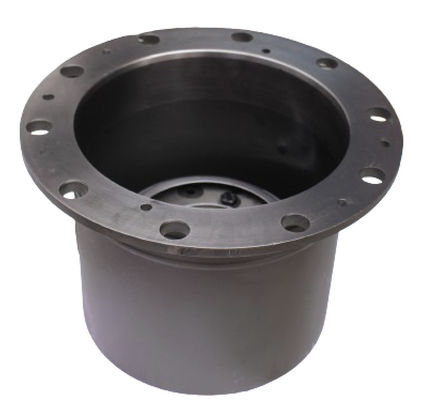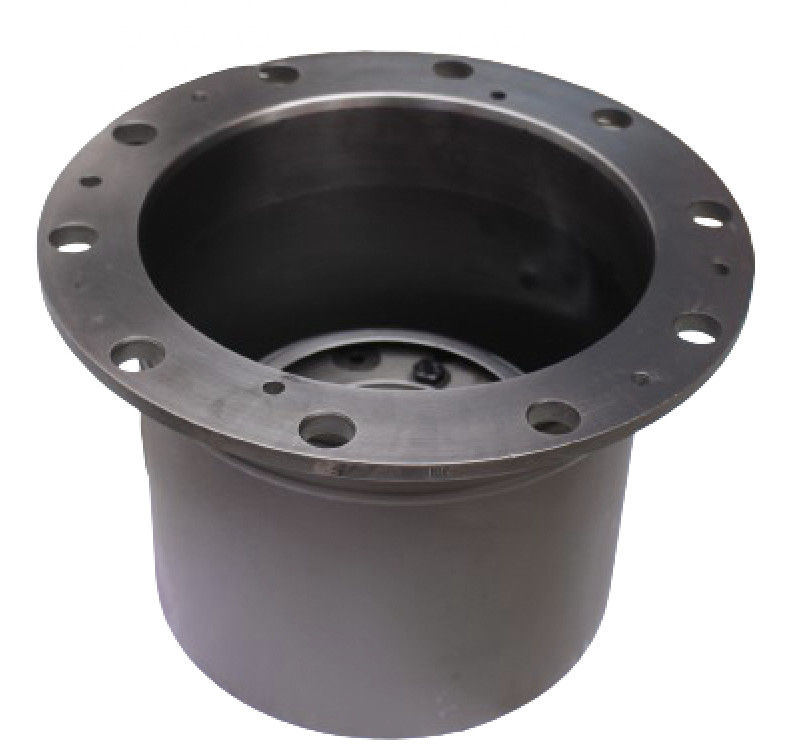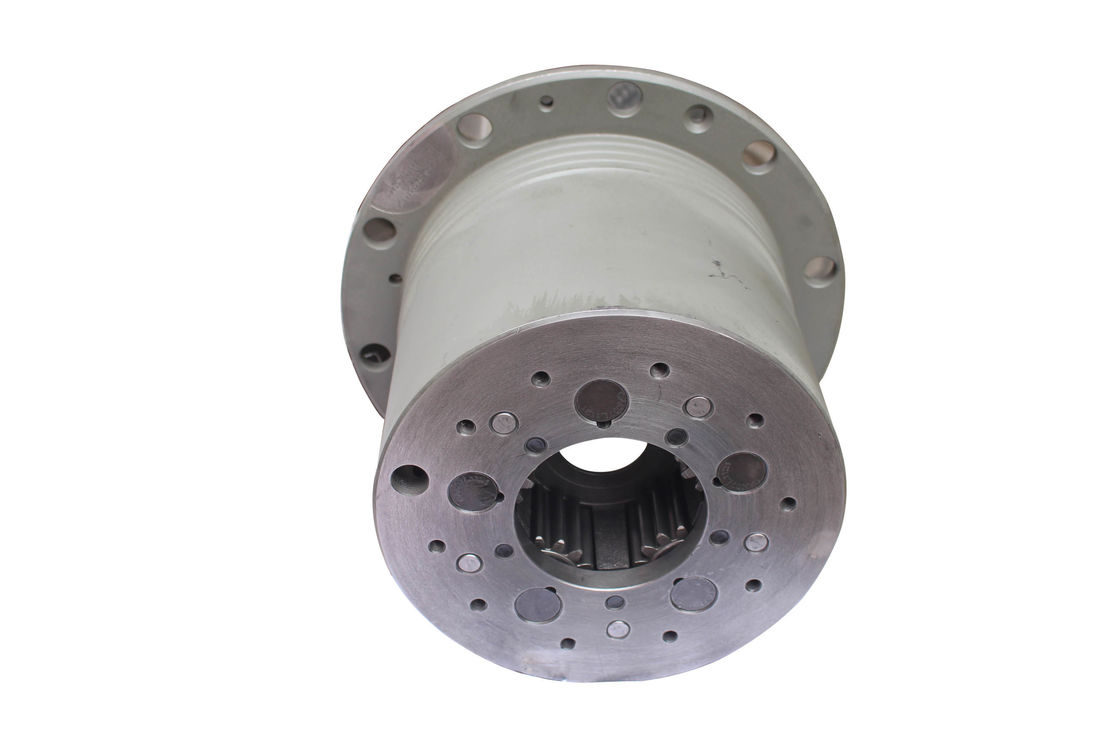-
Highlight
Transmission System Planetary Carrier
,Planetary Carrier Truck
,Planetary Carrier Truck Replacement
-
Place of OriginCHINA
-
Brand NameHOWOSTAR
-
Model NumberAZ9231340329
-
Minimum Order Quantity1pc
-
Packaging DetailsPackages in Carton
-
Delivery Time5-7days
-
Payment TermsL/C, T/T, Western Union
-
Supply Ability100pcs per day
Transmission System Planetary Carrier Truck Replacement Parts
Planetary carrier
The Planetary Carrier in a truck's transmission system plays a critical role in the efficient transfer of power and torque. Here is an English-language introduction to the key functions of a Planetary Carrier in a truck:
1. Power and Torque Distribution
The Planetary Carrier acts as the central hub around which the planetary gears rotate. It supports and holds the planetary pinions, allowing them to rotate smoothly within the gear set. This arrangement allows the carrier to distribute power and torque between the input and output shafts of the transmission, facilitating smooth acceleration and deceleration of the truck.
2. Gear Ratio Adjustment
By varying the speed and direction of the planetary pinions, the Planetary Carrier helps achieve different gear ratios within the transmission. This is essential for adapting the engine's power output to the truck's speed and load requirements, enabling efficient operation across a wide range of driving conditions.
3. Durability and Reliability
Designed to withstand the rigorous demands of heavy-duty truck operation, the Planetary Carrier is typically made from high-strength materials such as cast iron or steel alloys. This ensures that the carrier remains functional and reliable even under extreme conditions, such as high torque loads and rapid changes in speed and direction.
4. Integration with Planetary Gear Sets
The Planetary Carrier is an integral part of the planetary gear set, which is a common component in truck transmissions. By holding the planetary pinions in place and allowing them to rotate within the gear set, the carrier enables the efficient transfer of power and torque between the input and output shafts of the transmission.
5. Maintenance and Serviceability
While the Planetary Carrier is designed for long-term durability, it may require maintenance or replacement over time due to wear and tear. Regular inspections and timely repairs or replacements can help maintain optimal transmission performance and prevent unexpected breakdowns.
6. Role in Advanced Transmission Systems
In modern trucks, the Planetary Carrier may be integrated into more complex transmission systems, such as continuously variable transmissions (CVTs) or hybrid powertrains. In these advanced systems, the carrier may play an even more critical role in managing power and torque flow, enabling the truck to achieve higher fuel efficiency and lower emissions.



